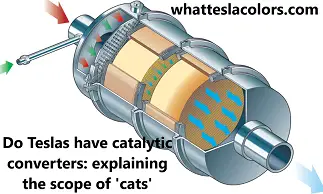Do Teslas have catalytic converters? In the exhaust gas management system of an automobile, a catalytic converter neutralizes all that hazardous stuff produced by the engine.

‘Cats’ play a key role in mitigating the environmental harm caused by hazardous emissions, but (spoiler) electric automobiles like Teslas don’t need them.
Contents
How do I find it?
‘Cats’ are often found between the internal combustion engine and the muffler in a vehicle’s tailpipe.

To find the catalytic converter in your electric vehicle, first, you must determine the type of engine. The majority of current automobiles use internal combustion engines that need “cats.” The electric motors of electric cars like Teslas, however, do not need “cats.”

The vehicle emission system contains the catalytic converter. This system is a series of pipes that run under the car and connect the engine through an exhaust manifold to the tailpipe.
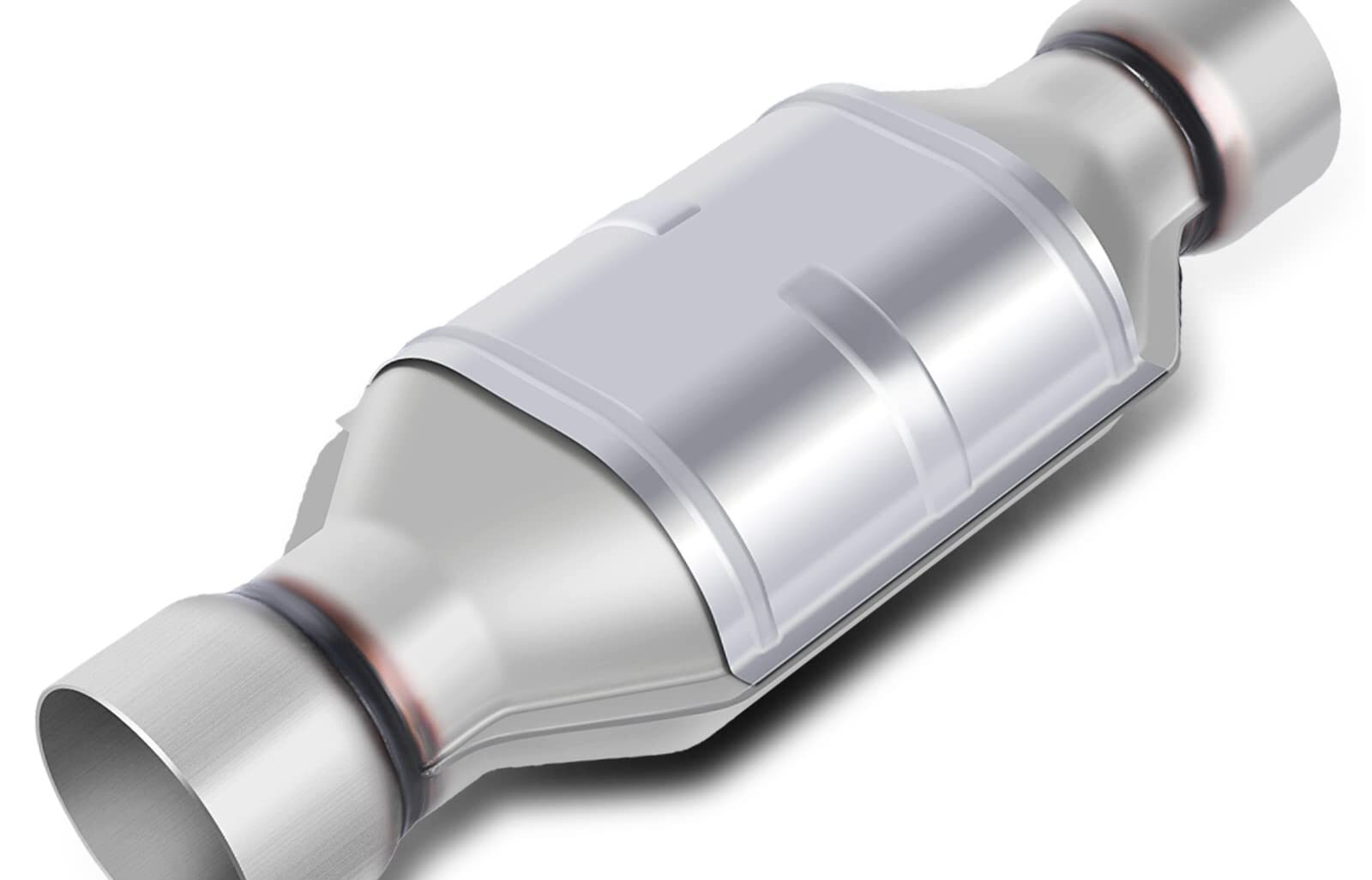
Look for a bulge in the exhaust pipe. The cylindrical catalytic converter is a part that is normally found in the line of exhaust.
It could be discernible as a pipe bulge or may be hidden within a protective shield.
The catalytic converter could be beneath the hood, close to the engine, in some vehicles. This is more common in older cars or cars with unique engine configurations.
‘Cats’ don’t relate to electric cars
Catalytic converters are part of a tailpipe emission system of a vehicle, a kind of filter that traps toxic gases and particles. They neutralize poisonous pollutants produced by a running engine.
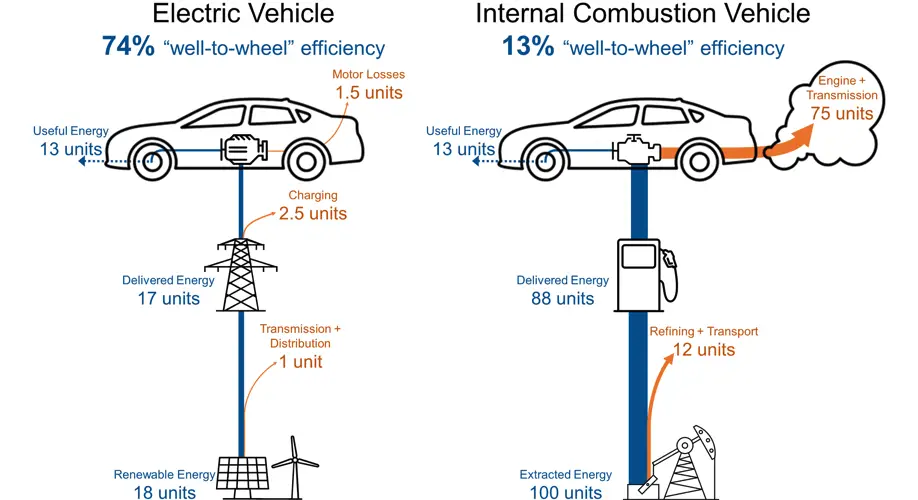
Electric cars of the Tesla brand do not have internal combustion engines, hence do not produce any harmful substances and can be connected to a renewable energy grid. Tesla owners do not have to care about ‘cats’ on their cars since they do not have them.
A few bits of technical information (not for owners of electric cars)
‘Cats’ are widely used as mandatory in many countries for more than fifty years.
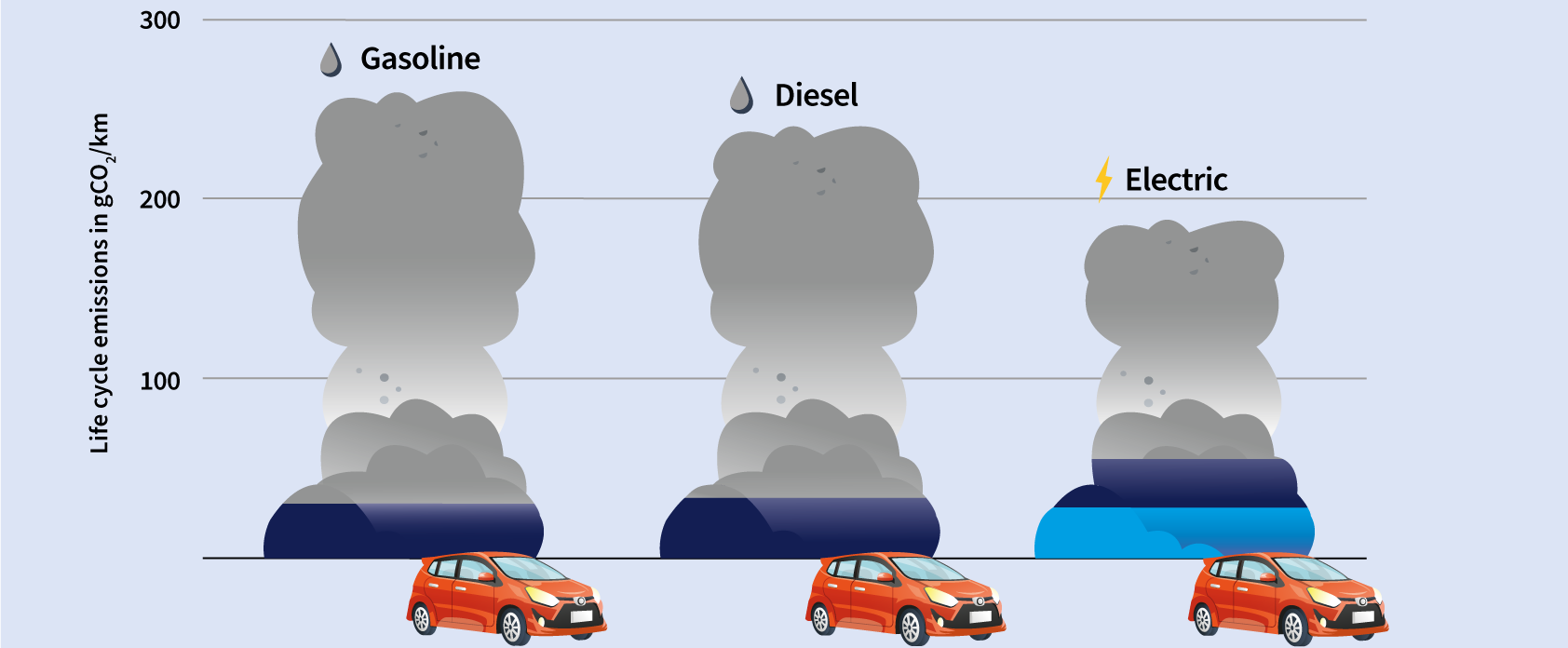
Their use helped to decrease harmful emissions from cars such as CO (carbon monoxide) by up to 90%, transforming it into CO2 (carbon dioxide), which is much more environment-friendly.
Catalytic converters have also improved the fuel efficiency of cars by reducing engine backpressure and increasing airflow.
The average catalytic converter consists of a metal canister that contains a honeycomb-like structure made of ceramic or metal.
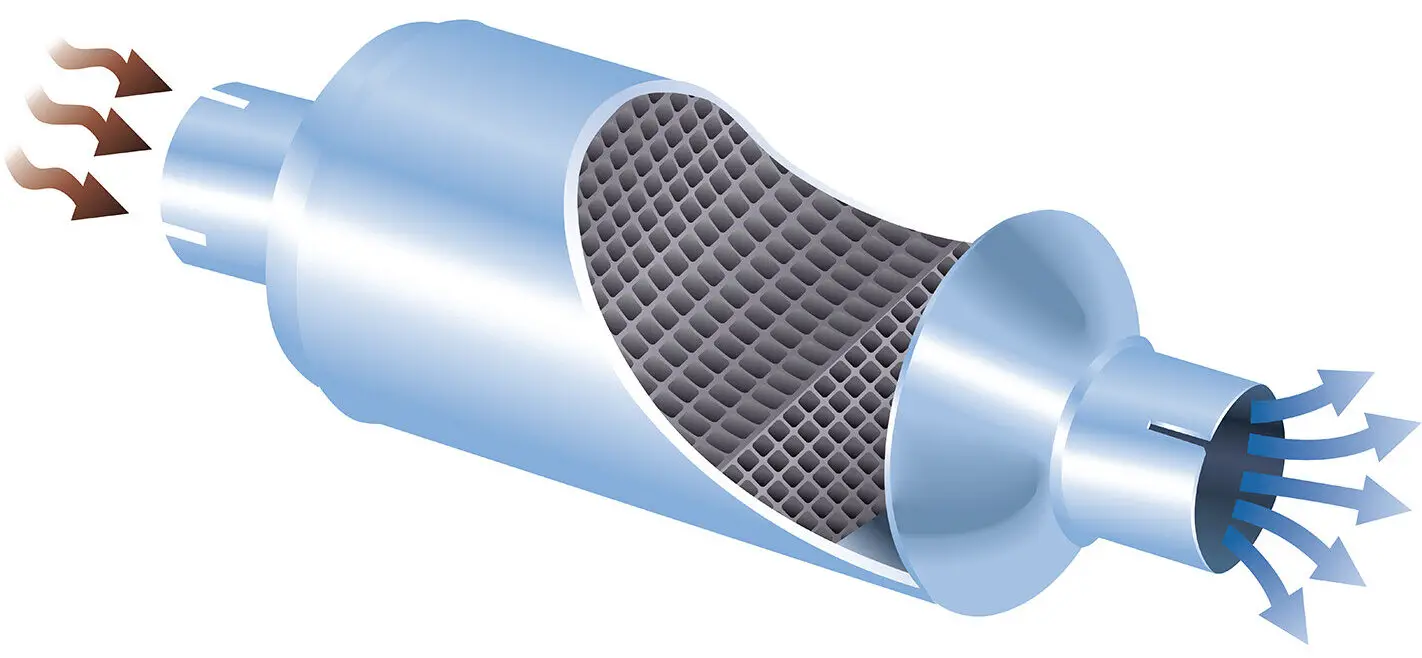
A catalyst that is commonly comprised of rhodium (Rh), platinum (Pt), and sometimes palladium (Pd) coated on the honeycomb structure.
Chemical processes, which transform the toxic pollutants in exhaust gases into less dangerous chemicals, are brought on by the catalyst in the oxidation chamber.
The canister is also insulated with a heat-resistant material to maintain the high temperatures required for the catalyst to work efficiently.

The converter also has an inlet and an outlet, which allow the exhaust’s harmful emissions to flow through the honeycomb structure, receiving significantly less harmful substances.
Types of ‘cats’
The 2-way and 3-way converters are the two primary varieties of catalytic converters.
2-way ‘cats’:
- They lessen carbon monoxide and hydrocarbon emissions from the vehicle’s exhaust system.
- They use a platinum-palladium combo to break down the toxic gases.
- 2-way catalytic converters reduce harmful emissions worse than 3-way converters do.
3-way ‘cats’:
- They also have the added benefit of reducing nitrogen oxides emissions.
- They combine noble Rh, Pd, and Pt to degrade dangerous gases.
- A 3-way converter is more efficient than a 2-way catalytic converter in reducing harmful gases.
- Almost every contemporary automobile has a 3-way catalytic converter.
Catalytic converters require heat to operate efficiently.
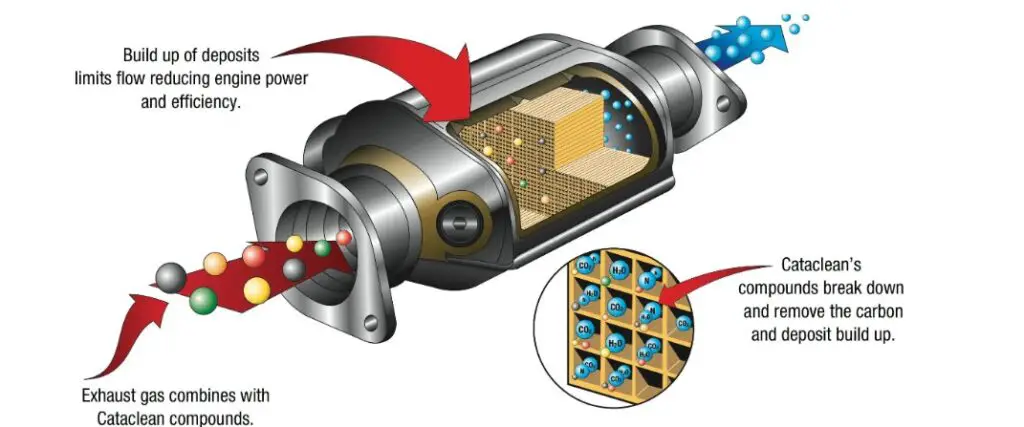
Image credit: cataclean.com
Therefore, it is essential to ensure that the car’s engine is running at the right temperature for the catalytic converter to function correctly.
If the engine is running too cold, the catalytic converter may not work efficiently, leading to increased production of harmful substances.
Tesla owners do not have to worry about ‘cats’ on their cars.
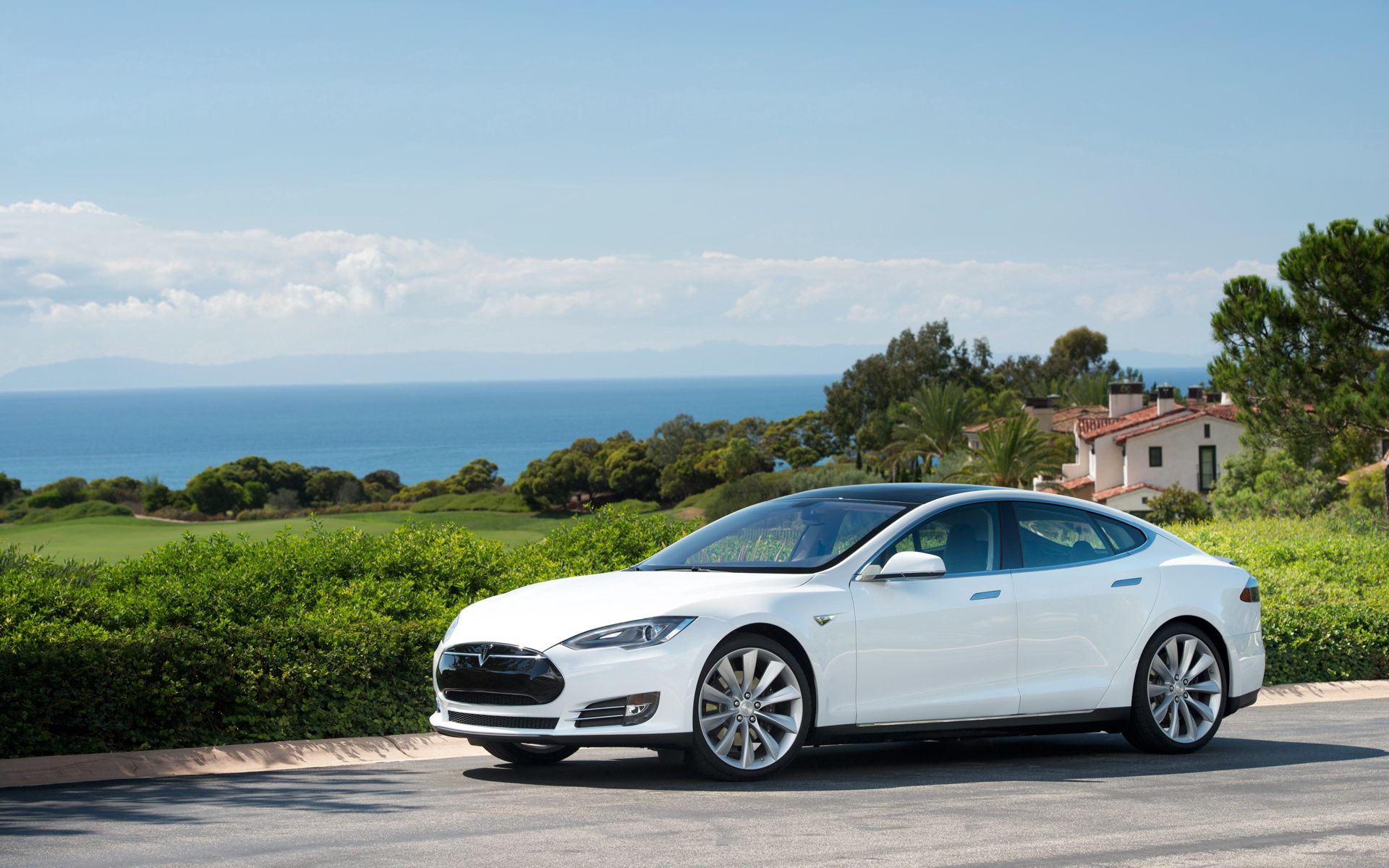
As practical advice for Tesla owners, it is recommended to keep your car well-maintained and charged to ensure optimal performance and longevity.
Possible problems with ‘cats’
While catalytic converters nowadays are essential components of a car’s exhaust system, they do have some drawbacks and exploitation problems:
- Expensive. They require rare, noble metals like Rh, Pd, and Pt to function.
- A catalytic converters’ filter can easily clog due to the accumulation of debris and pollutants. This can lead to poor engine performance.
- A catalytic converter requires heat to operate efficiently.
- Catalytic converters have a limited lifespan and may need to be replaced after a certain number of miles. This can be costly for car owners.
- Catalytic converters contain rare, valuable metals that should be recycled, and thieves will eagerly strip this part from your car.
Despite these drawbacks and exploitation problems, catalytic converters remain an essential component of a car’s exhaust gas management system.
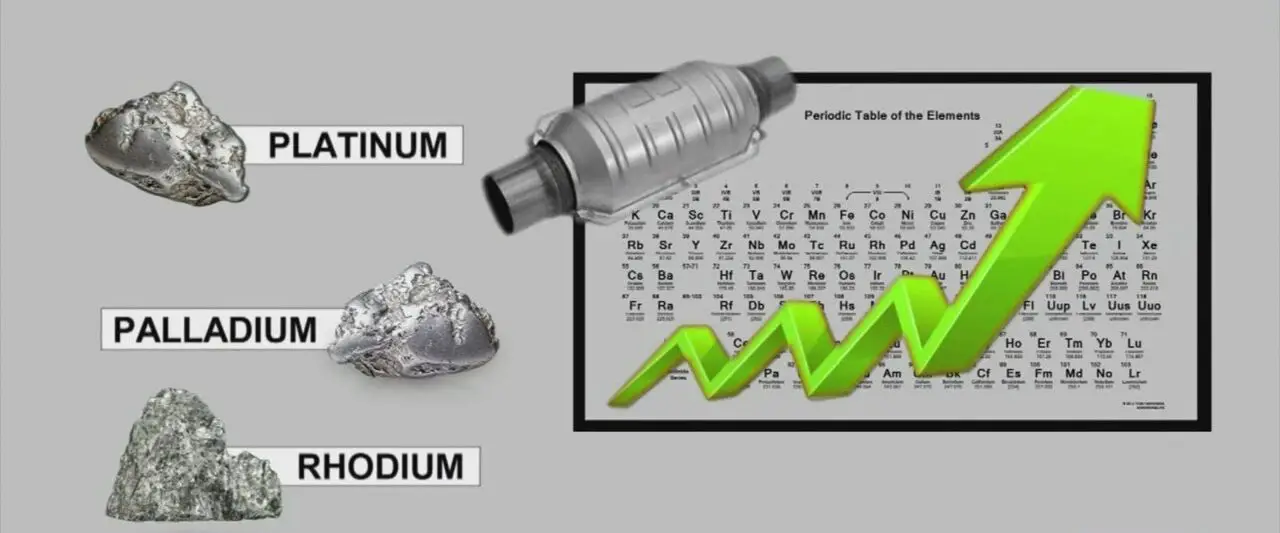
Almost all countries worldwide require catalytic converters mandatorily.
To conclude
Finally, do Teslas have catalytic converters? Since Teslas don’t emit any pollutants that need to be filtered, they don’t have catalytic converters.
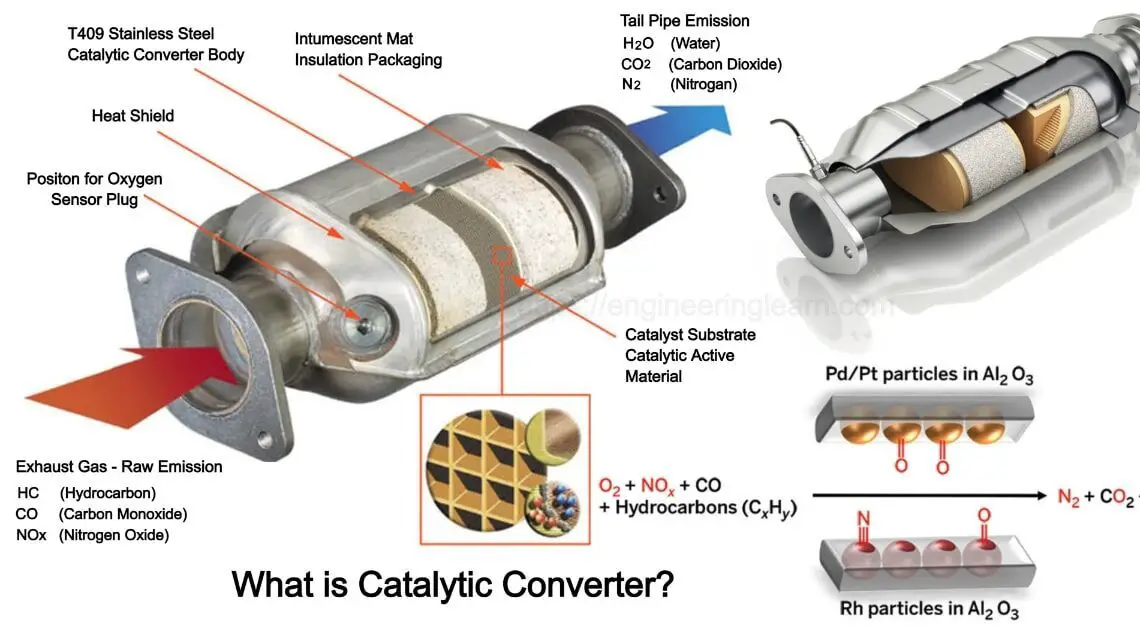
While only vehicles with internal combustion engines may emit poisons like CO (carbon monoxide) and NO, NO2, N2O, and N2O5 (nitrogen oxides), Tesla owners do not need to be concerned about catalytic converters on their electric vehicles.

Just purchase car insurance and keep your electric car well-maintained and charged to ensure optimal performance and longevity.
FAQ
Do all-electric vehicles have a catalytic converter?
No Teslas have catalytic converters since fully electric cars don’t emit less harmful compounds of exhaust gases, but none of them do.
What cars have no exposed catalytic converters?
Since they are not necessary to minimize pollutants, electric vehicles like Teslas and other eco-friendly electric vehicles do not have exposed catalytic converters.
Do all models of cars have catalytic converters?
Because catalytic converters are required parts that reduce harmful emissions, the majority of current automobiles have them. But catalytic converters are not necessary for any electric vehicle, like Teslas.
What models have catalytic converters?
Most modern cars have catalytic converters, including popular hybrid vehicles like the Honda Civic, Toyota Camry, and Ford F-150. The type of internal combustion engine and the emissions regulations in the nation where the automobile is marketed will both affect the type of catalytic converter that is used in the vehicle.

